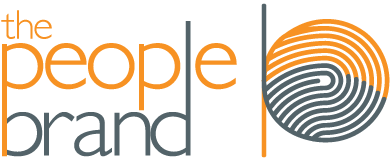I have been reading Roz and Benjamin Zander’s FASCINATING book called The Art of Possibility. I have known of Benjamin Zander, conductor of the Boston Philharmonic Orchestra, through friends who have heard him speak and more recently by his famous TED talk. Even though his presentation at TED is highly inspirational, I was not prepared for how incredibly mind-opening the book, which he penned with his wife, would be.
Many of the ideas within the book would be hard to share in a short blog post, but one passage describing vision is a good indication of how the couple gives illuminating advice not only for business, but for life:
A vision becomes a framework for possibility when it meets certain criteria that distinguish it from the objectives of the downward spiral. Here are the criteria that enable a vision to stand in the universe of possibility:
- A vision articulates a possibility
- A vision fulfills a desire fundamental to humankind, a desire with which any human being can resonate. It is an idea to which no one could logically respond, “What about me?”
- A vision makes no reference to morality or ethics, it is not about a right way of doing things. It cannot imply that anyone is wrong.
- A vision is stated as a picture for all time, using no numbers, measures, or comparatives. It contains no specifics of time, place, audience, or product.
- A vision is free-standing it points neither to a rosier future, nor to a past in need of improvement. It gives over its bounty now. If the vision is “peace on earth,” peace comes with its utterance. When “the possibility of ideas making a difference” is spoken, at that moment ideas do make a difference.
- A vision is a long line of possibility radiating outward. It invites infinite expression, development, and proliferation within its definitional framework.
- Speaking a vision transforms the speaker. For that moment the “real world” becomes a universe of possibility and the barriers to the realization of the vision disappear.
Later, Zander gives an example of HP Labs realizing a tiny shift transformed their competitive mission statement from aspiring to “be the best industrial lab in the world” to “be the best lab for the world” to “HP For the World.” It had now become a real vision.
During this time of economic uncertainty and workplace malaise, what better use of your focus, time and energy exists outside of putting forth and joining others behind a vision of true possibility?
